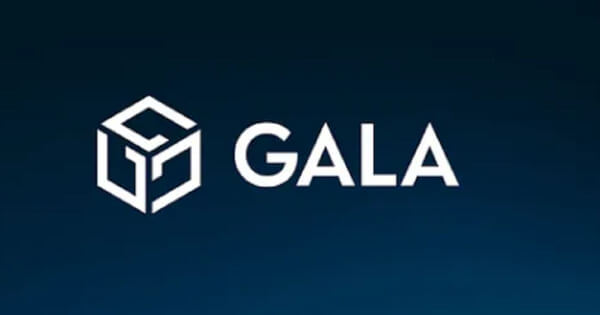Alvin Lang
Sep 23, 2024 04:15
Layer 2 blockchains enhance speed and reduce costs on Layer 1 chains like Ethereum, making Web3 more scalable.
Layer 2 (L2) blockchains are solutions designed to enhance the performance of existing Layer 1 (L1) blockchains such as Ethereum. Analogous to a secondary road built to ease traffic on a busy highway, Layer 2 technologies aim to make transactions faster, cheaper, and more scalable.
Why Do We Need Layer 2?
Popular blockchains like Ethereum and Bitcoin often encounter slow transaction speeds and high fees due to network congestion. Each transaction must be processed by every node in the network, leading to delays and inconsistent performance. Layer 2 chains address these issues by processing transactions off-chain, thereby reducing the workload on Layer 1. These transactions are later bundled and sent back to the main blockchain, significantly expediting the process.
How Do Layer 2 Solutions Work?
Layer 2 solutions alleviate the main blockchain’s burden, allowing users to conduct transactions more efficiently. The process typically involves three steps:
- Transaction Bundling: Multiple transactions are grouped together.
- Processing Off-Chain: Transactions are processed off-chain, meaning they do not occur directly on Layer 1.
- Settlement on Layer 1: The results of these transactions are then sent back to the main blockchain, reducing its load.
A useful analogy is an amusement park with long lines for rides (Layer 1). Layer 2 acts as a fast pass line that processes smaller groups more quickly and then checks them in with the main system.
Examples of Layer 2 Solutions
Polygon (formerly Matic): One of the most well-known Layer 2 solutions for Ethereum, Polygon uses sidechains to help Ethereum scale. It processes transactions off-chain and then updates the Ethereum blockchain with the results.
Arbitrum: This solution employs rollups to bundle transactions, verify them off-chain, and then submit the summary to Ethereum, reducing costs and speeding up transactions.
Optimism: Similar to Arbitrum, Optimism uses rollups to bundle transactions, lowering the cost of using Ethereum while maintaining Layer 1’s security benefits.
Why is Layer 2 Important for Web3?
In the Web3 ecosystem, which includes decentralized applications (dApps), smart contracts, and DeFi platforms, scalability and low transaction costs are crucial. High fees and slow transaction times can hinder mass adoption. Layer 2 solutions offer:
Scalability: More transactions can be processed, allowing blockchains to handle millions of users simultaneously.
Reduced Costs: Fewer transactions on Layer 1 mean significantly lower fees.
Faster Transactions: Off-chain processing allows transactions to occur in seconds or minutes instead of hours.
Layer 1 vs. Layer 2 and Beyond
- Layer 1 (L1): The main blockchain, like Ethereum or Bitcoin, providing maximum security but often struggling with speed and high costs.
- Layer 2 (L2): Secondary systems that sit atop Layer 1, processing transactions faster and more efficiently without compromising much on security.
Think of Layer 1 as a congested city. Layer 2 is like a fast train that takes commuters out of crowded streets, speeding up their journey and reducing traffic for everyone.
Layers are Key to Blockchain’s Future
As blockchain usage grows, the technology must scale quickly. Layer 2 solutions are essential for the future of Web3, ensuring that decentralized platforms can operate smoothly without high fees or slow transaction times. The rise of popular Layer 2 solutions like Polygon and Arbitrum promises a future where interacting with decentralized apps and services is as seamless as using traditional web apps—fast, cheap, and scalable.
GalaChain, a Layer 1 blockchain, has potential for integrated Layer 2 systems. As its ecosystem grows, the organization will be streamlined through multiple layers.
For more information, visit Gala News.
Image source: Shutterstock
Credit: Source link



























